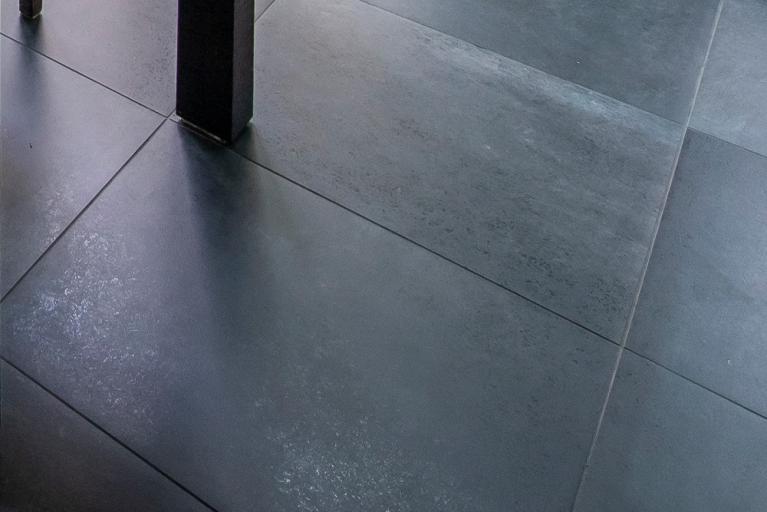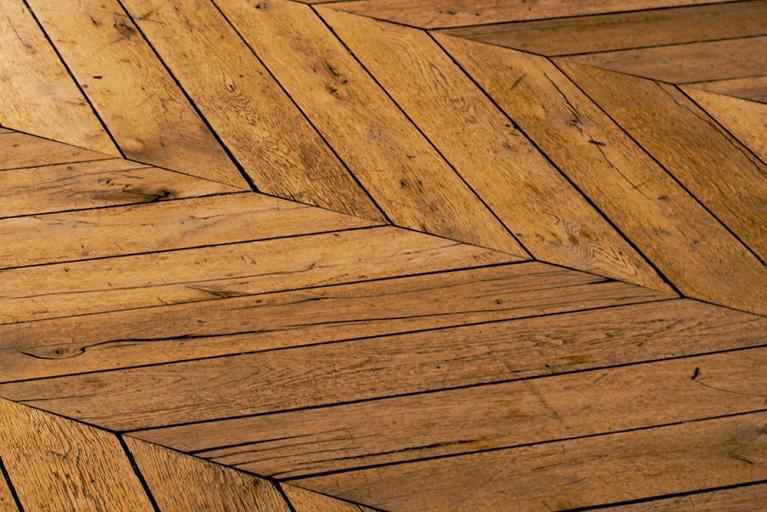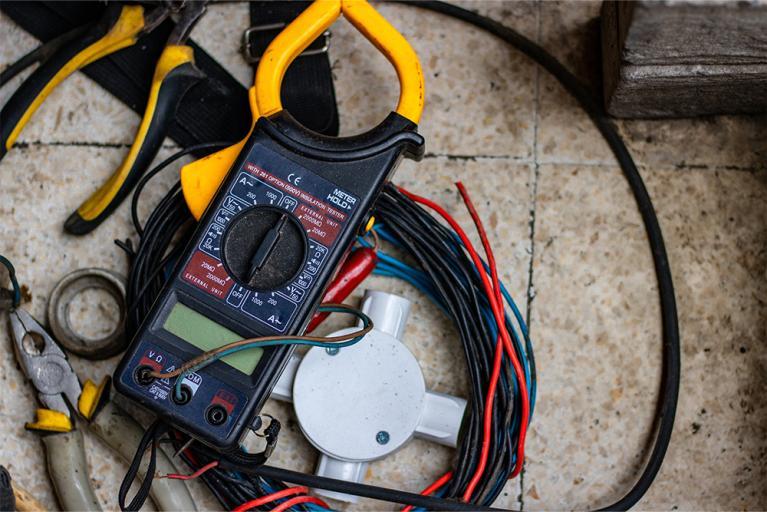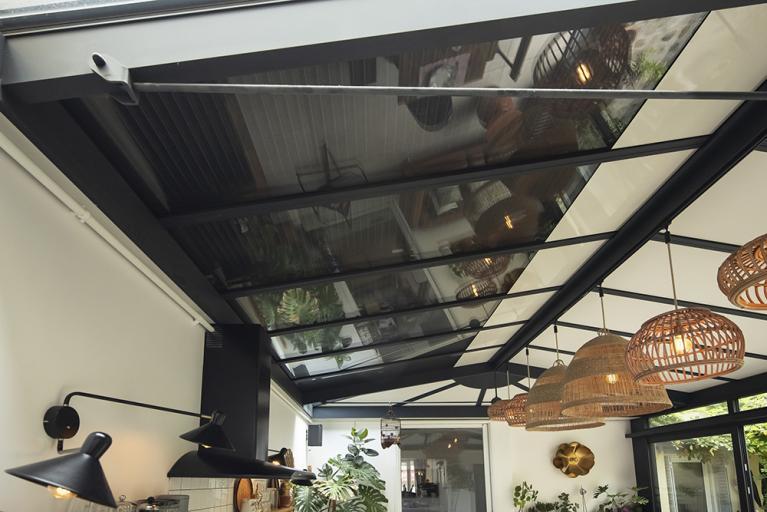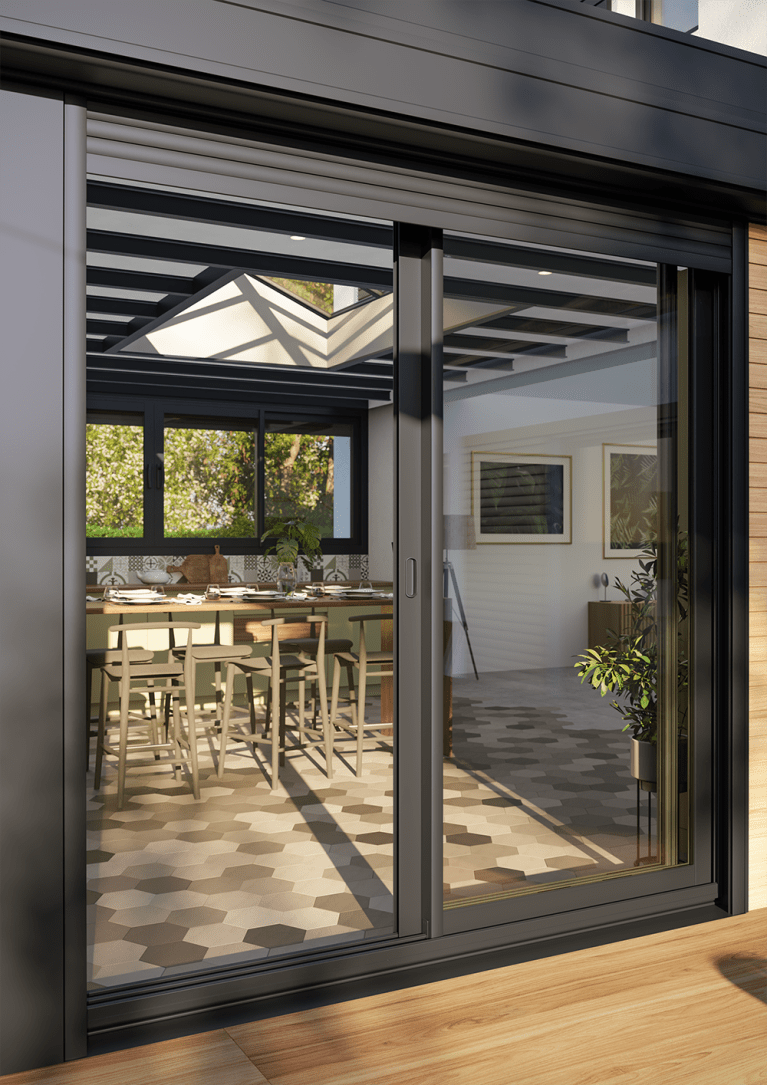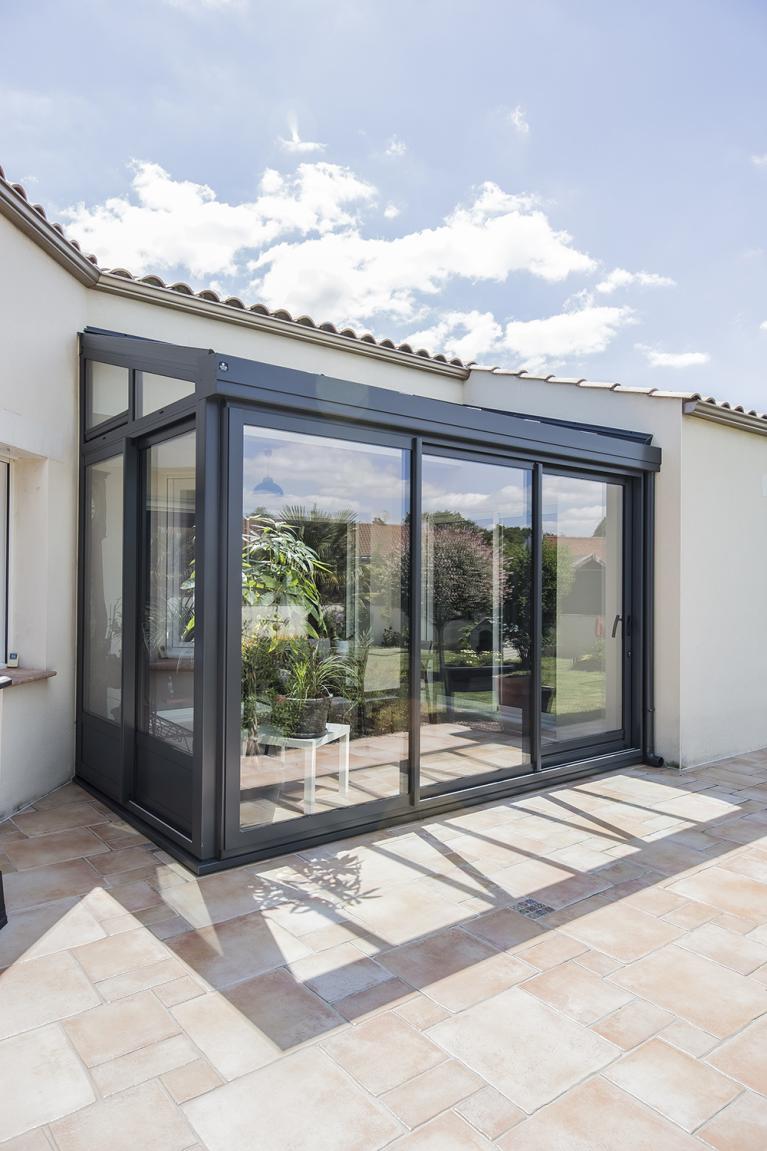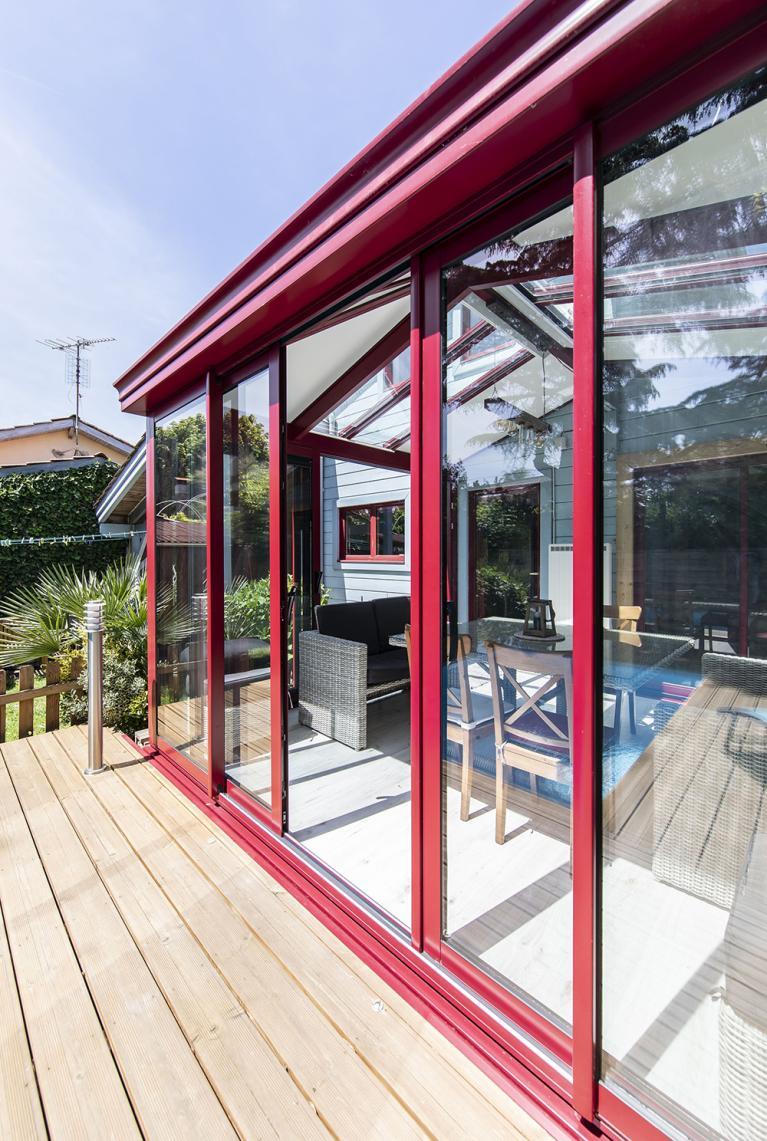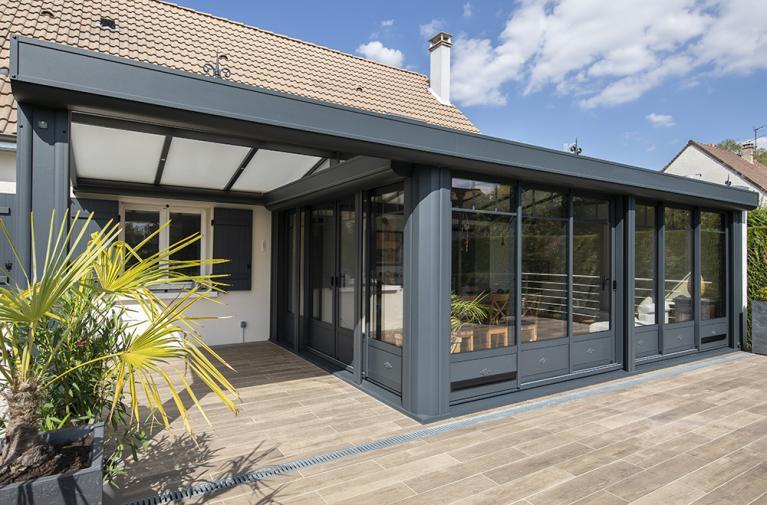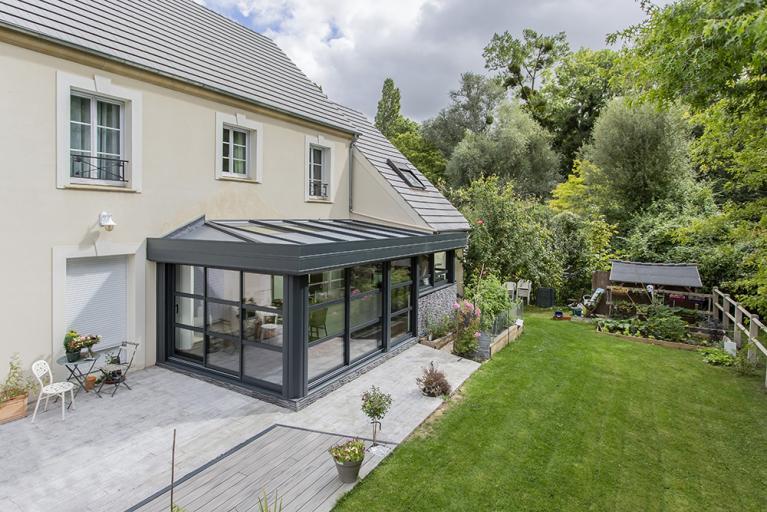Fitting out your living space
It is possible to make a few interior or exterior alterations to a conservatory, while taking care not to neglect the quality of the installations.
Conservatory heating
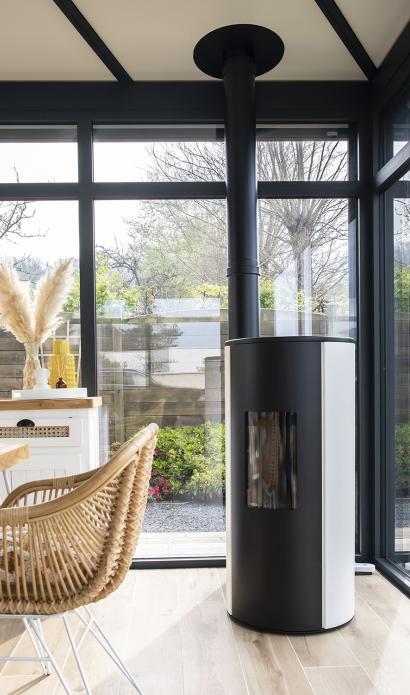
Types of heating
Several types of conservatory heating can be used in a conservatory: heat pump, electric radiator, underfloor heating, etc.
We strongly advise against the use of mobile heating systems, such as freestanding gas or oil stoves. These systems give off a lot of water vapour and therefore require very specific ventilation.
 Heat pump
Heat pump
 Radiator
Radiator
 Underfloor heating
Underfloor heating
 Pellet stove
Pellet stove
Stoves or inserts
Stoves or inserts can be used, provided the smoke is exhausted to the outside via a flue that does not cross the conservatory roof or fronts. When designing a conservatory, always think practical.
Zoom: Reversible heating with an AIR/AIR heat pump system
The advantage of this heating system is that it has a ‘cooling’ function, ideal for hot periods. It is also environmentally friendly (using outside air as the main source of energy) and economical (electricity bills are cut by a factor of 3 on average).
Find out more from approved installers (your electrician, for example, may be approved). If this installation was not planned when your conservatory was designed, the connections between the inside and outside of the house will have to be made through the masonry of the house (sleeves in the slab, wall, low walls, etc.).
Under no circumstances should the installer use the conservatory structure for these connections. Installers should never drill holes in the conservatory structure without the prior agreement of the conservatory manufacturer, as they would then be responsible for making it watertight and the guarantees would no longer apply.
Fitting blinds or curtains to a conservatory
Aluminium profiles can be used to fix blinds or curtains to the conservatory for the ultimate in decoration. As these profiles are equipped with a thermal break system, it is essential not to remove this break. The screw must therefore pass through only one wall of the profile. Advice on fitting interior blinds and curtains can be found in the AKENA conservatories guide ‘Pour tout savoir de l'entretien à l'aménagement’ which will be given to you when your AKENA conservatory is installed.

Painting the inside of a conservatory
When converting a conservatory and painting the interior, do not use solvents or paint strippers inside the conservatory. Too high a concentration of fumes could crack the roof panels.
When converting a conservatory and painting the interior, do not use solvents or paint strippers inside the conservatory. Too high a concentration of fumes could crack the roof panels.
Interior furnishings
Non-laminated glazing can cause discolouration of furniture, fabrics and wood. Installing curtains, blinds or any other concealing element will help protect your valuable furniture.
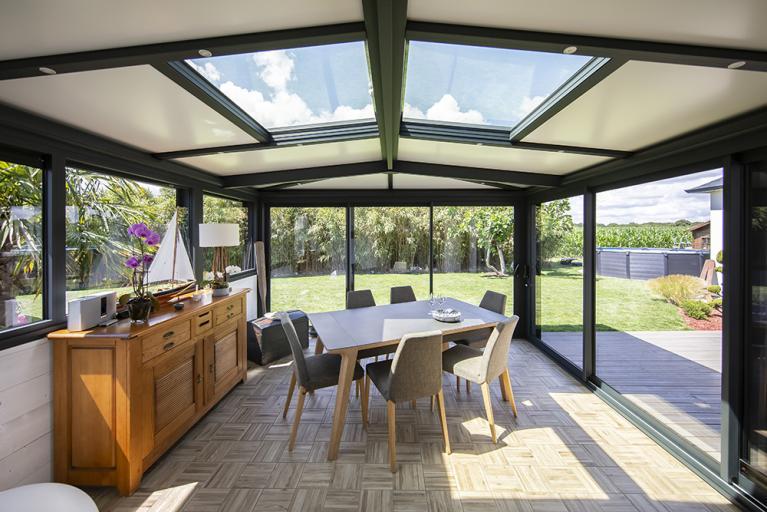
Read all the articles in the magazine
You have a project?
Would you like a personalised 3D study and a free quotation? Contact us by clicking below.
AKENA is...
Over 40 years of experience
Founded in 1981 by one man, we now have more than 500 employees dedicated to making your project a success.
Made in France
A historic site and two factories covering more than 25,000 m² in Dompierre-sur-Yon in the Vendée region (85)
Innovative and tailor-made products
At AKENA, we are brimming with new ideas to improve and enhance our products.
The European leader in conservatories, pergolas...
But not only! AKENA also offers a complete range of carports and pool houses.
